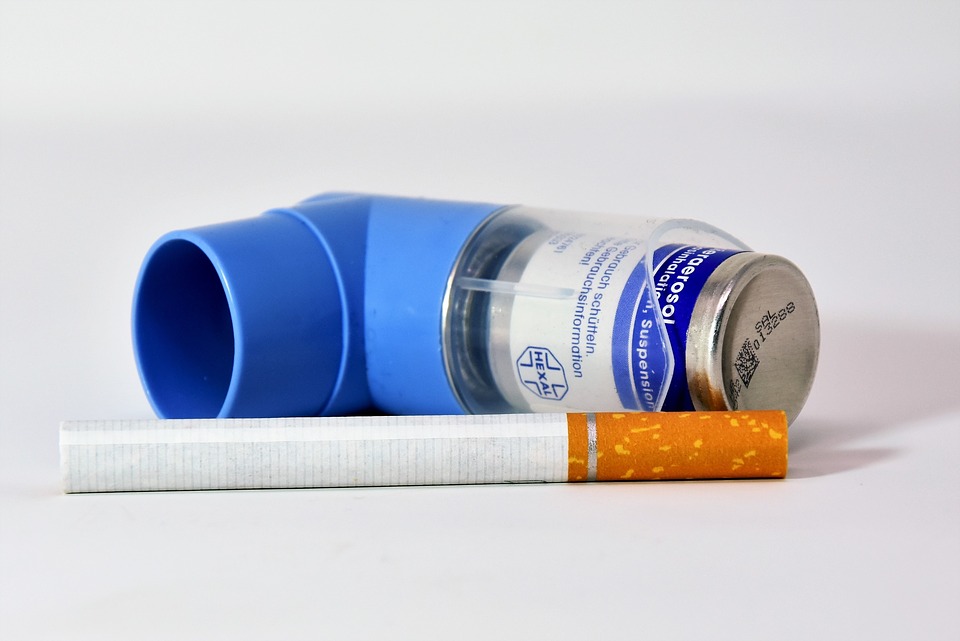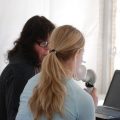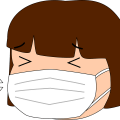Table of Contents
What triggers asthma? The key in controlling attacks is known which triggers it in the first place so that you can avoid getting near to certain things or circumstances and be able to prepare for it in case it happens. What triggers asthma? Each person is triggered by something different, so the best way for you to know is to find out things that trigger you and keep it in mind or jot it down in a specific manner (what is the triggering factor, when did it happen, where did happen, how often did it occur, what are the conditions etc.), so that you and your doctor can develop an action plan on how to tackle it. In this article, you’ll learn what triggers asthma?
What Triggers Asthma: Triggers and Prevention
There are various triggering factors that are commonly experienced by people with asthma condition; you need to be familiar with these things as it can aid you in controlling or treating your asthma better.
Watch Your Food
What triggers asthma? There are certain foods like potatoes, bottled lemon, wine, lime juice, shrimp and dried fruits usually contain sulfites which cause asthmatic symptoms. Other common food triggers found to cause symptoms among patients including milk, peanuts, fish, shellfish, some types of seafood, soy, eggs, some types of nuts, wheat, pickled foods, packed potatoes.
The best way to prevent food triggering your asthma is by being mindful of what you’re eating, especially if you don’t know or is not familiar with the dish. You might want to wear a medical type of bracelet that can make you identify food allergies. Always have your handy medications like epinephrine to serve as your first aid in case you’ve eaten something that triggers allergic reactions. As much as possible, take the time to read the ingredients or food labels especially when buying unknown brands. If possible, request the restaurant or food outlet to not include certain types of food or ingredients in the dish that you’ll order so that you can still enjoy your favorite meal without triggering your asthma.
Pollen Alert
What triggers asthma? Pollen usually comes from plants, weeds, flowers, grasses and tress; this type of particle is carried around by different insects like bees, butterflies, dragonflies etc. or sometimes the wind/weather condition. Pollens and air pollution can both trigger allergic reactions.
What you can do to prevent this is by turning on your air condition and close the windows around the house especially during “pollen season” or when there’s lots of pollen around. As much as possible, stay inside the house during midday until afternoon; this is usually the times of day when pollen is at its peak. If you can’t stay indoors when pollens are everywhere then make sure to bring your first aid asthma meds, or inhaler so that you can be prepared. Make sure to wash your hair before going to bed, take a bath and put the clothes in the laundry if you spent time outside when pollen is high. This is to remove any pollen particles and keep them away from you to avoid triggers.
Pollution
What triggers asthma? The following are household things found inside and outside the house or in other areas that can cause allergic symptoms and asthma attacks. Make sure to stay away from it as much as possible; this includes gas or wood, stoves, heaters, fireplaces, sprays, perfumes, disinfectants or other cleaning materials
Scented products like car freshener, scented candles, and essential oils. These products even if it is natural can trigger asthma. Other scents like that carries rose flower oil, citrus lemon, and lavender extracts should also be avoided. Things like newly painted walls or boards, particle boards and carpets should also be avoided. Materials found in ceilings, furniture, walls or floors sometimes emit strong chemical irritants – these things are known as VOC or volatile organic compounds which can trigger allergies. What you can do is to make sure that such materials are aired out using ventilation, and that coverings of walls, ceilings or the floor are maintained. You should also make sure that they don’t become wet or damp because that can be a breeding ground for molds which can also trigger asthma.
Dust Mites
What triggers asthma? These dust mites can be found in every household, let’s just say they come in the “package” together with other microscopic creatures. They usually thrive in humid areas like your couch, pillow, bed, and carpets. These animals live on by the skin flakes that are shed by both humans and animals. There are lots of patients that are allergic to dust mites so make sure that your couch and bed is clean and “dust mite free” because that’s where you spend most of your time.
For you to prevent this to triggering your asthma, make sure to dust as often as you can to prevent buildup of these materials. If you don’t dust regularly, dust mites can establish breeding grounds, and the dusting itself can cause asthma triggers since you let all the dusty dirt pile up. Try to cover your bed or spring using plastic or airtight covers to ensure that the bed is encased and prevent dust mites from building up. Don’t put too much clutter in your bedroom. This includes toys, collections, frames, old scraps etc.
Conclusion
What triggers asthma? If you have too many stuff toys what you can do is to put it in the freezer or cooler at least once a week because these things are usually where dust mites breeds. Make sure to wash your pillow or other bed sheets every week or as often as you can. Air dry using ventilation any type of upholstery, sheet or beddings that you’re going to sleep in. Clean the carpets as often as possible; reduce indoor humidity; it should be below 50%. What triggers asthma? As much as possible, don’t place carpets or drapes in your bedroom. An alternative could be a washable window shade. Make sure to clean the heater, furnaces, air con, fans etc. at least once a month. If you’re going to clean your room using a vacuum, make sure to cover your mouth and nose by using a mask. Make sure that the mask is also tightly secured. You should also use dust proof bags and preferably a vacuum that has a filter or one that has powerful suction capabilities






 I love to write medical education books. My books are written for everyone in an easy to read and understandable style.
I love to write medical education books. My books are written for everyone in an easy to read and understandable style.